VOL- 2 ; ISSUE- 5, PUNE RESEARCH - An International Journal in English (ISSN 2454-3454) JIF 2.14
2.5
Area of Article : ALL
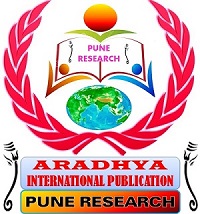
VOL- 2 ; ISSUE- 5, PUNE RESEARCH - An International Journal in English (ISSN 2454-3454) JIF 2.14
2.5

VOL- 2 ; ISSUE- 5, PUNE RESEARCH - An International Journal in English (ISSN 2454-3454) JIF 2.14
2.5.1
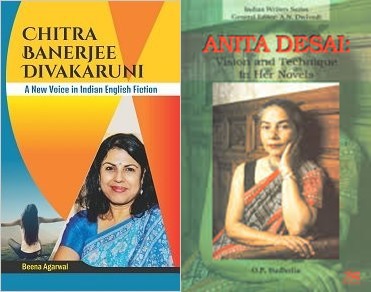
The Indian immigrants to the other countries suffer a
crisis for their physical, psychological as well as cultural identities. Their
occasional visits to their homeland put a question into their minds about their
identity which should be based upon their rootedness in their homeland or they
should associate it with identity earned in the acquired land. The prospect of
high career and modern living often makes these Indian immigrants continue live
in dual societies and inhabit multiple homes, roles, languages and identities.
VOL- 2 ; ISSUE- 5, PUNE RESEARCH - An International Journal in English (ISSN 2454-3454) JIF 2.14
2.5.2
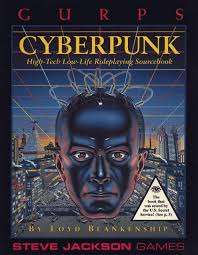
Cyberpunk began as a literary movement and in a very
short span of time has become a sub-cultural organism. It is a sub-type of
science fiction which deals high techno life/ culture and portrays advanced
technological and scientific achievements/ stories. Cyberpunk portrays the
stories and sequences related to or represent information technology and
cybernetics, which is different from traditional way of writing stories,
altogether novels, drama, etc.
VOL- 2 ; ISSUE- 5, PUNE RESEARCH - An International Journal in English (ISSN 2454-3454) JIF 2.14
2.5.3
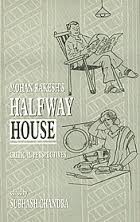
Rakesh’s plays depict the real-life events and incidents
of the contemporary Indian society. Most of the plays deal with the theme of
love, sex and violence. It reveals anger and frustration of the post-1960
generation in the Indian context. The ideas implicit in the themes are
revolutionary. They are opposed to the conventional norms and established
values.
Rakesh explores human mind and its complexities in all depth and variety. He presents man-woman relationship in terms of sensuality and violence rather than love and affection. Regarding marriage, the play Half Way House projects two types of views through the character of Mahendranath and Savitri: traditional view of marriage expecting male-dominance and marriage as a companionship and as a means for self-fulfilment.
VOL- 2 ; ISSUE- 5, PUNE RESEARCH - An International Journal in English (ISSN 2454-3454) JIF 2.14
2.5.4
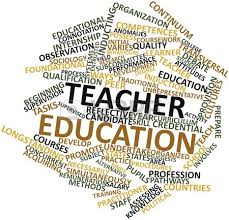
UNESCO,
Bangkok has given the messages of advocacy for successful inclusive teacher
education by the collective discussion from the educationalists of Asia Pacific
region. It gives the strategies and documented it through advocacy guides viz.,
introduction, policy, curriculum, materials and methodology. When we are able to see humanness in every
human inclusion takes place normally. Awareness in policy makers, curriculum
developers, educational authorities, institution heads, teacher educators will
develop a inclusiveness atmosphere in teacher trainees and when they experience
the spirit of inclusion it will be easy for them to create an inclusive
classroom in their future endeavors. One
should be able to differentiate between the exclusion, segregation, integration
and inclusion. Flexibility, integrity,
self and mutual respect are essential elements of inclusion and this will lead
to overall development and happiness.
VOL- 2 ; ISSUE- 5, PUNE RESEARCH - An International Journal in English (ISSN 2454-3454) JIF 2.14
2.5.5
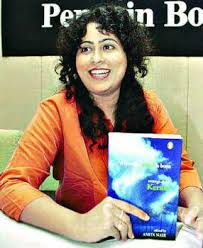
VOL- 2 ; ISSUE- 5, PUNE RESEARCH - An International Journal in English (ISSN 2454-3454) JIF 2.14
2.5.6
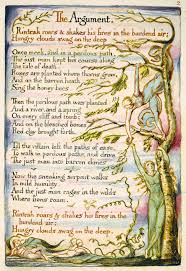
The evidence of this study weighs against the common view
of the relationship between Enlightenment and Romanticism (which usually admits
their disjunctions and differences) to see affinities and analogous aspects.
The study traces the Romantics’ awareness of the philosophical idea of Hobbes,
Locke, and Hume and shows how the writings of these prominent philosophers,
particularly, Hobbes’s theory of human desire, Locke’s concept of the will, and
Hume’s view on morals and imagination, paved the way for the Romantics to
formulate their own philosophy which is different to some extent but still has
the strain of influence.
Key Words: Enlightenment, Romanticism, Empiricism, moral philosophy
VOL- 2 ; ISSUE- 5, PUNE RESEARCH - An International Journal in English (ISSN 2454-3454) JIF 2.14
2.5.7
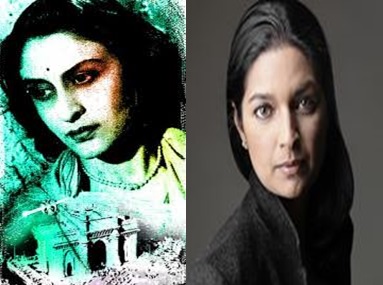
Kamala Markandaya and
Jhumpa Lahiri have both written novels that bring together the cultures of the
East and the West. Since both authors have written at least a novel each with
multiculturalism in the background, it becomes interesting to see how each of
them uses ideas of multiculturalism and how their novels compare on this point of
reference. This article shows how Markandaya’s The Nowhere Man and Lahiri’s The
Namesake use multiculturalism differently through their respective narrative
techniques, plots and fictional discourses.
VOL- 2 ; ISSUE- 5, PUNE RESEARCH - An International Journal in English (ISSN 2454-3454) JIF 2.14
2.5.8
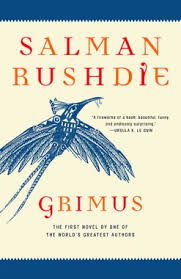
VOL- 2 ; ISSUE- 5, PUNE RESEARCH - An International Journal in English (ISSN 2454-3454) JIF 2.14
2.5.9
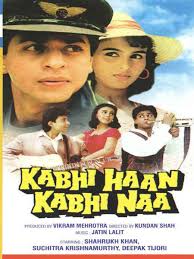
This paper starts from
Petrachan dilemma and ending with one of the most acclaimed post-modern movies
of our time. It focuses on the crisis created in the Shakespearean sonnets and
how such unrequited love is subconscious fake.
The growing superficial reality is responsible for dissociation of the
pragmatic rational approach. The realization happens and does not happen. The
‘Dasein’ or existence depends on experience and not on psychological maturity
of a being. The movies provide a reference in more visual and fictional form
rather than understanding the complex, metaphorical and the dynamic of the
psyche. Kabhi Haan, Her and Eternal Sunshine of the Spotless Mind remains a
handful of selection from a vast genre.
VOL- 2 ; ISSUE- 5, PUNE RESEARCH - An International Journal in English (ISSN 2454-3454) JIF 2.14
2.5.10
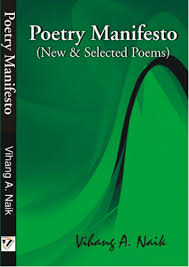
The roots of Indian
English poetry were germinated from the mind of Henry Vivian Derozio and later
other poets such as Michael Madhusudan Dutt, Manmohan Ghose, Aurobindo Ghose,
Rabindranath Tagore, Toru Dutt, Sarijini Naidu etc. added new flavour in it. At
the initial stage, Indian poetry germinated from the Bengali poets in
nineteenth century. Many poets carried forward this bequest in twentieth
century and some budding and award-wining poets have enriched Indian English
poetry in twenty first century through their significant and award-winning
works. Indian English poetry was flourished and fostered by many prominent
poets such as Nissim Ezekiel, Mahashweta Devi, Vikram Seth, Dom Moraes, A.K.
Ramanujan, Arun Kolatkar, Dilip Chitre, Usha Akella, Tabish Khair, Gorima Basu,
Bijoy Mishra, Kamala Das, Keki N. Daruwalla, Meena Alexander, Adil Jussawalla,
Rajagopal Parthasarath, Vihang A. Naik, Meena Kandasami etc. Vihang A. Naik is
one of the contemporary poets who has stirred the world through his poetic
creation and he has achieved remarkable success to the extent that his poetry
collection City Times and Other Poems (1993) has fetched Limca Book of Records.
Vihang A. Naik’s poetry has many inveterate themes but present paper is a
self-effacing attempt to analyse and restrict his poetry only through the
analytical lenses of human body and carnal desires.
Key-Words: Human Body, Carnal Desires, Vihang, Poetry, Body, Sex, Human Beings.
VOL- 2 ; ISSUE- 5, PUNE RESEARCH - An International Journal in English (ISSN 2454-3454) JIF 2.14
2.5.11
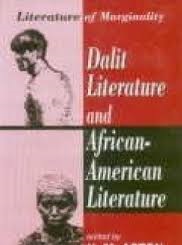
Dalit literature is the literature which artistically portrays the sorrows, tribulations, slavery degradation, ridicule and poverty endured by Dalits. Dalit literature has a great historical significance. Its form and objective were different from those of the other post-independence literatures. The mobilization of the oppressed and exploited sections of the society- the peasants, Dalits, women and low caste occurred on a large scale in the 1920s and 1930s,under varying leaderships and with varying ideologies. Its presence was noted in India and abroad. On the other hand African American writing primarily focused on the issue of slavery, as indicated by the subgenre of slave narratives. The movement of the African Americans led by Martin Luther King and the activities of black panthers as also the “Little Magazine” movement as the voice of the marginalized proved to be a background trigger for resistance literature of Dalits in India. In this research paper the main objective is to draw similarities between the politics of Caste and Race in Indian Dalit literature and the Black American writing with reference to Bama’s Karukku and Alice Walker’s The Color Purple.
Keywords: Dalit Literature, African American writings, marginalized, Slave narratives, Black panthers, Untouchable, Exploitation
VOL- 2 ; ISSUE- 5, PUNE RESEARCH - An International Journal in English (ISSN 2454-3454) JIF 2.14
2.5.12
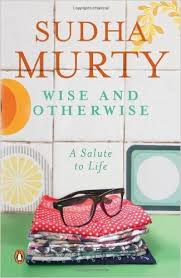
Sudha Murthy
is an Indian social worker and writer. She writes both in Kannada and English
languages. Mrs. Murthy began her professional career as a computer scientist
and engineer. She is the chairperson of the Infosys foundation and a member of
public health care initiatives of the Gates foundation. She has founded several
orphanages, participated in rural development efforts, supported the movement
to provide all schools in Karnataka with computers and library facilities and
established ‘The Murthy classical library of India’ at Harvard University. Mrs.
Murthy initiated a bold move to introduce computer and library facilities in
all schools in Karnataka and taught computer science. She is best known for her
social work and her plethora of stories. She is a multifaceted personality. The
wide range of Sudha Murthy’s social work covers the sectors of healthcare,
education, empowerment of women, public hygiene, art and culture. She has set
up 50,000 libraries in rural areas so far. Sudha Murthy is also a prolific
writer in Kannada and English. She has written nine novels, four technical
books, three travelogues, one collection of short stories, three collection of
non-fiction pieces and two books for children. Marathi movie ‘Pitruroon’ is
based on a story by Sudha Murthy.
VOL- 2 ; ISSUE- 5, PUNE RESEARCH - An International Journal in English (ISSN 2454-3454) JIF 2.14
2.5.13
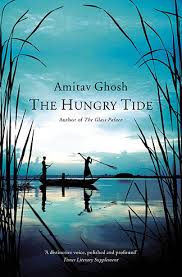
The
postcolonial writing is a powerful tool to show the existing colonial society
and its complex institutional system by giving voice for the voiceless. The voiceless are the people who are totally
away from the hegemonic structure of the society. In postcolonial literature, ‘subaltern
studies’ has become a vibrant topic in the post colonialism at present. The meaning of the term ‘subaltern’ is used
today in a broad sense which brings more diversity to subaltern studies. Subaltern literature reflects the pain and
suffering undergone by the people who have been marginalized and suppressed
from the main stream social activities by hegemonic for various reasons such as
race, colour, caste, religion, language and gender. The literary products of the colonizers and
the dominant forcers have failed to reflect the ground reality of the
marginalized people. Therefore, a group
of South Asian Historians with the leadership of Ranajith Guha, wanted to
rewrite the history to redeem the silenced voices of subaltern. Amitav Ghosh’s The Hungry Tide is great voice
for the subalterns who are given shelter in Sundarbans forest, West
Bengal. He clearly picturizes the
marginal people who run their lives by facing various risk given by the nature
and the oppressed. This paper explores
the real trauma of subaltern with various situations.
VOL- 2 ; ISSUE- 5, PUNE RESEARCH - An International Journal in English (ISSN 2454-3454) JIF 2.14
2.5.14
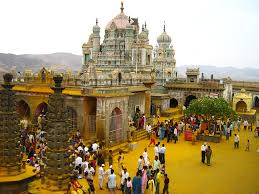
Oscillates
between faith and skepticism is one of the dominant theme in "Jejuri"
a collection of poem. Arun Kolatkar wrote the poem about Jejuri is a small town
in western Maharashtra, situated at a distance about thirty miles from Pune. It
is we known for its god Khandoba. The poet gave to his poem the title
"Jejuri". But the most important aspect of his writing this poem is
the faith, which the people of Maharashtra have, in the miraculous powers of
Khandoba. This god is worshiped not only from different part of Maharashtra but
also other part of India. The devotees go there worship the deity and effort to
placate him to win his favor. But Kolatkar has not written the poem
"Jejuri" to celebrate this god or to pay his personal tribute and
homage.
VOL- 2 ; ISSUE- 5, PUNE RESEARCH - An International Journal in English (ISSN 2454-3454) JIF 2.14
2.5.15
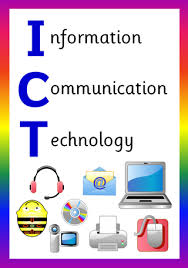
VOL- 2 ; ISSUE- 5, PUNE RESEARCH - An International Journal in English (ISSN 2454-3454) JIF 2.14
2.5.16
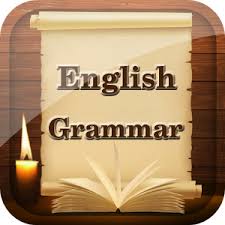
The present research paper is based on the experimental work. It throws light on the functions of the Traditional English gramar Teaching(TEGT) and the Communicative Language Teaching(CLT). They are not opposed to each other. In order to improve the students ability and gain better teaching results, the two kinds of teaching approaches should not be used respectively. On the contrary, we had better combine them together and use them flexibly in our day-to-day teaching. The sample consisted 50 students of D.T.Ed Second Year. It is related to Effectiveness of Traditional English Grammar &Communicative Language Teaching. This paper refers to the way teachers can focus the teaching of the foreign language in the classroom in such a way that students can communicate in a conscious way, taking into account their real experiences. Here, the origin of the Communicative Approach as a combination of different methods is clearly explained, as such as the role of the teacher and the students in a communicative English...
VOL- 2 ; ISSUE- 5, PUNE RESEARCH - An International Journal in English (ISSN 2454-3454) JIF 2.14
2.5.17
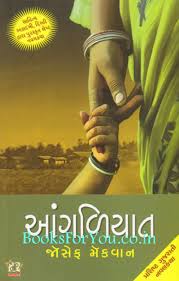
It is said
that nothing is permanent except change. Thus, everything in this world is
subject to change and society is no exception.
It is true that literature is a mirror of society. Literature reflects
society and it also marks the changes witnessed by the era in which it is
written. The purpose of this paper is to focus on how social changes have been
reflected in the Gujarati novels written between 1982 and 1992.
Key-words: social change, Dalit novels, Feminism, political references
VOL- 2 ; ISSUE- 5, PUNE RESEARCH - An International Journal in English (ISSN 2454-3454) JIF 2.14
2.5.18
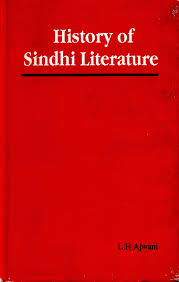
Despite the
tall claims of the emergence of world culture, the fact remains that a
literature of a particular language flourishes in the culture that is rooted in
its cultural history. Folk traditions, local flora and fauna, customs, rituals,
believe systems of the community provide necessary sustenance and aesthetics to
the literature.
Sindhi Language is as old as Mohenjo Daro civilization. Sindhi Literature has the rich tradition of 1000 years. Devastating decision of partition of the country in 1947 besides other catastrophic effects uprooted Sindhi Literature from its natural habitat ( The provinces of Sindh). The present article critically understand the challenges that Sindhi Literature faced in the post Independent era as it dragged itself on as uprooted literature. This position has its own challenges and beauty.
VOL- 2 ; ISSUE- 5, PUNE RESEARCH - An International Journal in English (ISSN 2454-3454) JIF 2.14
2.5.19
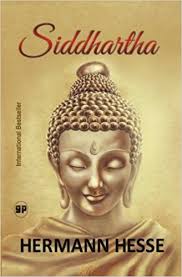
It is the story of a young Brahmin, living in India at the time of the Buddha, and his spiritual journey in search of enlightenment. In the first part of the book, he leaves behind his father and family and formal religion, then his devoted friend and companion seeker, Govinda, and even eschews following the path of the Buddha. His reason for this choice is his realization that the Buddha teaches liberation from suffering, and that this supreme goal has been attained, not through following a teaching, but through his seeking truth on his own path, and that what he has attained cannot be taught, it can only found on one’s own. So begins Siddhartha’s journey proper. In short, Hermann Hesse’s Siddhartha is an indicative of today's modern world which is steeped in materialism and consumerism.
Key Words: wisdom , knowledge, salvation, spiritual enlightenment